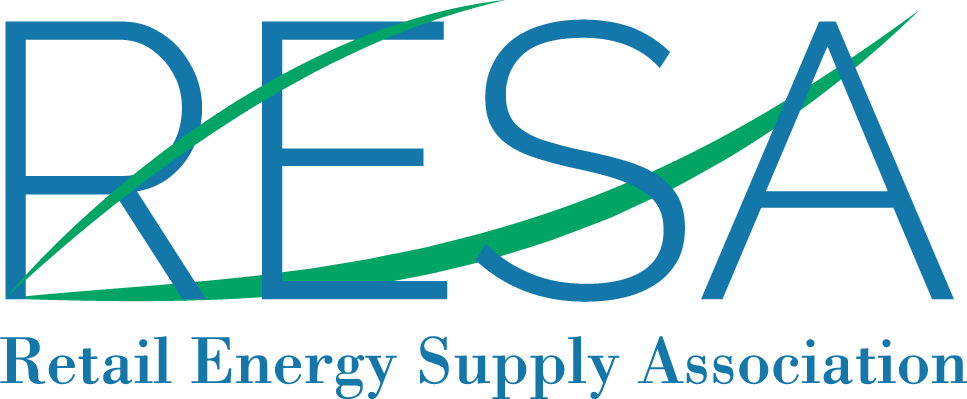U.S. retail electric markets encompass an ever-changing landscape that continually challenges energy suppliers to provide value propositions to customers while navigating through fluctuating wholesale markets and a never-ending sea of unpredictable regulatory rule changes. While most retail electric suppliers are adept at dealing with wholesale market variabilities and shocks, regulatory uncertainty presents a unique conundrum since traditional hedging strategies are insufficient to protect suppliers from regulators pulling the rug out from under them. There are ongoing campaigns in many markets that lobby regulators to take away energy choice from the consumer. Such campaigns spread a constant stream of misinformation, falsely claiming that competitive suppliers offer little or no benefits to consumers while at the same time ignoring the fact that customers sign up for competitive energy products by their own choice. Over the years, these campaigns have taken their toll on the mass market, which has experienced a notable decline in retail electricity offers to residential customers.
At Intelometry, we have been monitoring supplier offers to residential customers across U.S. markets and comparing those offers to utility default rates since 2018. While we continue to find and report on savings opportunities competitive supply products offer consumers, we have discerned a marked decline in the number of offers posted each month. We note that the offers we survey are only those that exclude fixed monthly or enrollment fees. However, we believe the number of offers we survey provides a worthy benchmark for all offers.
Declines in Retail Electric Offers Across Markets
Declines in the number of posted retail electricity offers to residential customers have been witnessed across U.S. markets. In Connecticut, for example, from January 2020 through October 2022, a period of less than three years, we have seen a statewide decline in the number of residential offers posted on the EnergizeCT website of 80%. In January 2020, the Eversource – CL&P market listed 65 residential electric offers from third-party suppliers, while the United Illuminating market had 62 third-party offers for customers to choose from. By October 2022, those numbers fell to just 13 offers posted in each market.
Massachusetts tells a similar story of residential offers declining across markets, including NSTAR, Fitchburg (FGE), MECO, Nantucket and WMECO. According to the Energy Switch Massachusetts website, in January 2020, there were a combined 279 residential offers. By October 2022, that number had fallen by 58% to just 116.
In Illinois, during the same three-year span, we’ve seen a decline of 67% in residential offers posted on the Plug In Illinois website. Third-party suppliers had 131 residential offers in the three Ameren zones three years ago, while ComEd had 85 listed offers. Last month those numbers had fallen to 37 and 35 respectively.
This same trend has also manifested in Maryland, Ohio and Pennsylvania. The MD Electric Choice website showed residential offers in the four main markets in Maryland (BGE, Delmarva, Potomac Edison and Pepco) declining by 35% from 389 in January 2020 to 251 in October 2022. Residential offers on Energy Choice Ohio fell 30% over the last three years, from 738 statewide to 516. Finally, residential offers posted on the PA PowerSwitch website for Duquesne, Met-Ed, PECO, Penelec, Penn Power, PPL and West Penn Power dropped by 39%, from 872 to 532 over the same period.
In addition to notable declines in residential competitive supply offers, we have also seen a similar decrease in the value-added services attached to retail offers. While this may reflect that few offers are being posted overall, we believe this is important to note since differentiating supplier offers from utility rates remains a staple argument for lawmakers to keep markets open.
What can be done?
If U.S. retail energy markets are to be preserved, lawmakers must continually be reminded that choice works in retail energy markets just as it does in many other industries. The misinformation spread by anti-market groups must always be countered with the facts that retail choice offers many consumer benefits, including price stability and certainty, green products, value-added services and savings opportunities. At Intelometry, we have been instrumental in demonstrating the benefits of retail energy choice across U.S. markets for nearly 20 years. Our work has repeatedly shown that competitive suppliers provide many benefits to their customers, and the marketplace is worth keeping. It’s imperative that organizations such as RESA and others continue to lobby and explain to lawmakers that choice and competition are far better for consumers than forcing them into a monopoly service they may not want.
Craig Hardy is a manager of market strategy and data analytics at Intelometry, Inc., with over 16 years of experience in retail energy markets nationwide. Craig also prepares monthly market reports on behalf of RESA that compare retail supplier offers to utility default rates in a number of active deregulated U.S. markets.
